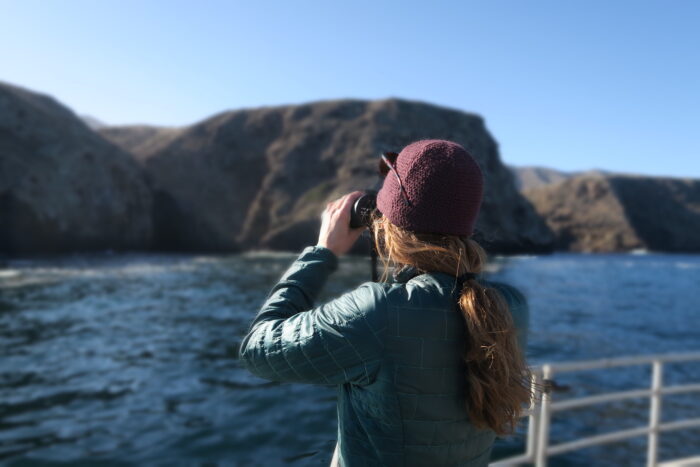CALIFORNIA
Chumash Heritage
About
On October 11, 2024, a final rule to designate Chumash Heritage National Marine Sanctuary was published. The area will become a national marine sanctuary pending a congressional review period.
Area: 4,543 mi²
Located along 116 miles of Central California coastline between San Luis Obispo and Santa Barbara counties, Chumash Heritage National Marine Sanctuary will become our nation’s 17th national marine sanctuary. Chumash Heritage National Marine Sanctuary contains a culturally and biologically diverse coastline. The coast and sanctuary waters are a place of deep spiritual significance and cultural identity to the Indigenous Peoples of the local coastal area.
The central coast of California encompasses some of the most biologically diverse and ecologically productive regions in the world. The sanctuary includes important offshore ecological habitats, including Rodriguez Seamount, Arguello Canyon, and part of the Santa Lucia Bank. The sanctuary contains a key transition zone that includes vital upwelling of great biological productivity supporting kelp forests, wetlands, estuaries, and rookeries. These diverse habitats are crucial for vulnerable species such as the endangered western snowy plover and the threatened southern sea otter and are also designated critical habitat for several species including the Chinook salmon and the leatherback sea turtle. Sustaining these vulnerable populations requires maintaining ecosystem diversity through protection of these representative and unique habitats.
For millennia, Indigenous Peoples have traversed these waters, forging a profound connection with their depths and the diverse marine life they harbor. The sanctuary will protect waters that are essential to the heritage of Chumash and Salinan Peoples who have been its stewards since the beginning of their creation. Culture, values, cosmology, lifeways, epistemologies, and languages have emerged from the lands and waters of the sanctuary region and have continued to develop and change in relationship with them. Some heritage sites, including evidence of astronomical observatories, are now submerged in these waters. In addition to these submerged cultural resources, there are also over 200 known historic ship and aircraft wrecks in the region. Sanctuary designation will preserve these wrecks in perpetuity, allowing for study and interpretation of these distinctive national treasures.
Through the protection, practice, restoration, and revitalization of traditional knowledge and culture, Indigenous Peoples have continued their role as stewards of the central California coast. The opportunity to respectfully incorporate Indigenous Knowledge, and the facilitation of Tribal and Indigenous community collaborative co-stewardship, are core components of the sanctuary’s management approach.
This designation represents Phase 1 of sanctuary conservation on Central California’s coast. NOAA is envisioning a Phase 2 opportunity to consider expanding this sanctuary in the future. A phased approach to the sanctuary maintains opportunities for future offshore wind while envisioning expansion of the sanctuary in the next decade. The boundaries showcase how we can advance both conservation for our marine ecosystems and responsible clean energy development.






